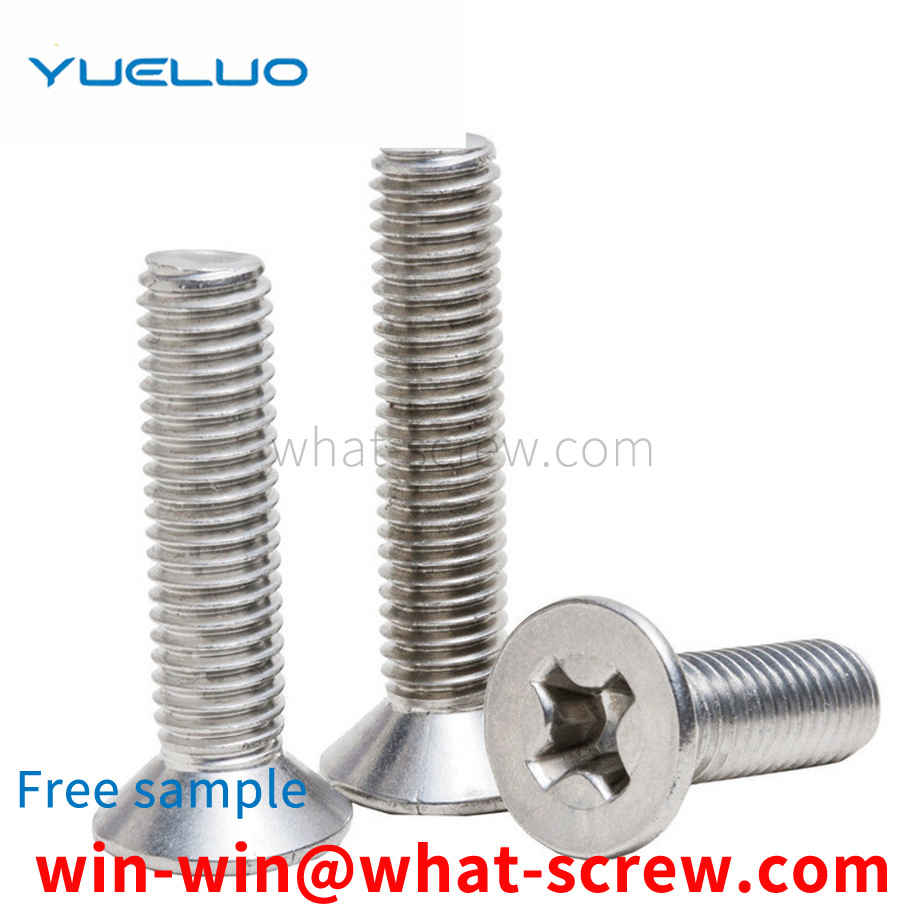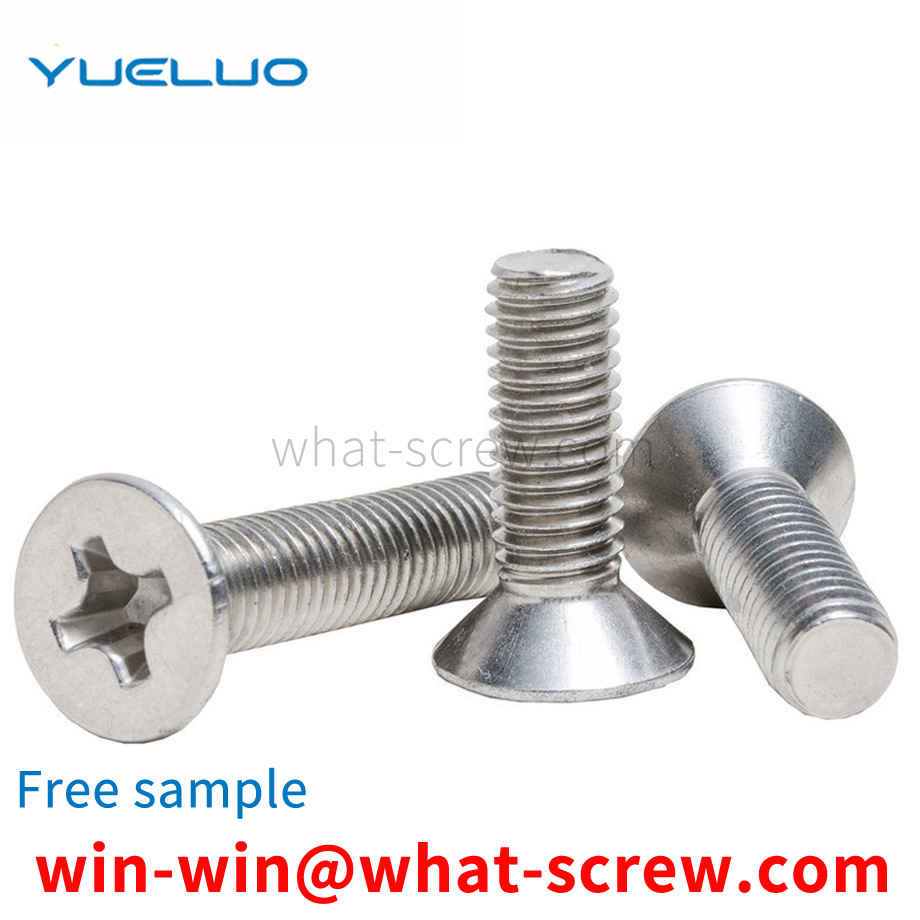At present, the known automatic nail feeding screws are composed of the traditional hand-held electric drill modified electric screw and the automatic nail feeding device, in which the screw head cannot be moved and the angle can be changed. It is difficult to complete the installation due to the obstruction, so a multi-directional screw with a movable and rotatable screw head is required.
In response to the above situation, Yueluo uses various methods to fasten the locked nuts and bolts in actual operation, such as super glue, electric welding, secondary reinforcement by perforation, etc., but there is still no way to get it right Solve the phenomenon that the nut is loose and displaced.
In terms of inner hexagon, there are two versions of the national standard, one is GB70-76, the 76-year version, and the other is GB70-85, the 85-year version, most of which implement the DIN912 standard, so you should pay attention to the difference in actual business operations: GB70 -85 completely coincides with DIN912, so there is no difference in the use of the new standard, mainly the difference between GB70-76 and DIN912: for M8 series hexagonal products, the diameter of the round head of GB70-76 is 12.5MM, It is smaller than 13.27MM of DIN912. For M10 series inner hexagon products, the round head diameter of GB70-76 is 15MM, which is smaller than 16.27 of DIN912. For M12 series inner hexagon, the round head diameter of GB70-76 is 18MM. It is smaller than the opposite side 18.27 of DIN912, and the round head diameter of the inner hexagon GB70-76 of M16 and M20 series is 0.33MM smaller than that of DIN912, which are 24MM and 30MM respectively. DIN912 is 24.33MM and 30.33MM respectively. In addition, the width of the inner hexagon between the old standard and the German standard is different due to different standards. The inner side of GB70-76 is smaller, and it should be paid attention to in business operations.
Gaskets are divided into: flat washer - grade C, large washer - grade A and C, extra large washer - grade C, small washer - grade A, flat washer - grade A, flat washer - chamfer type - Grade A, high-strength washers for steel structure, spherical washers, cone washers, square bevel washers for I-beam, square bevel washers for channel steel, standard spring washers, light spring washers, heavy spring washers, internal tooth lock washers , Internal serrated lock washers, external serrated lock washers, external serrated lock washers, single-ear stop washers, double-ear stop washers, outer tongue stop washers and stop washers for round nuts, etc.
Surface treatment process of screws 1. Types of surface treatment: Surface treatment is the process of forming a covering layer on the surface of the workpiece by a certain method. The purpose is to give the surface of the product a beautiful and anti-corrosion effect. The following methods are as follows: 1. Electroplating: Immerse the part to be electroplated in an aqueous solution containing the metal compound to be deposited, and pass the current through the plating solution to precipitate and deposit the electroplated metal on the part. Generally, electroplating includes galvanized, copper, nickel, chromium, copper-nickel alloy, etc., and sometimes blackening (blue), phosphating, etc. are also included. 2. Hot-dip galvanizing: It is done by immersing the carbon steel parts in a zinc-melting bath with a temperature of about 510°C. The result is that the iron-zinc alloy on the surface of the steel gradually becomes passive zinc on the outer surface of the product. Hot dip aluminizing is a similar process. 3. Mechanical plating: The surface of the product is impacted by the particles of the plated metal, and the coating is cold welded to the surface of the product.
We have many years of experience in the production and sales of screws, nuts, flat washers, etc. The main products are: aluminum alloy nuts, 1.5 screws, flat screw caps, brass insert nuts and other products, we can provide you with suitable fasteners solution.



















 Service Hotline
Service Hotline




